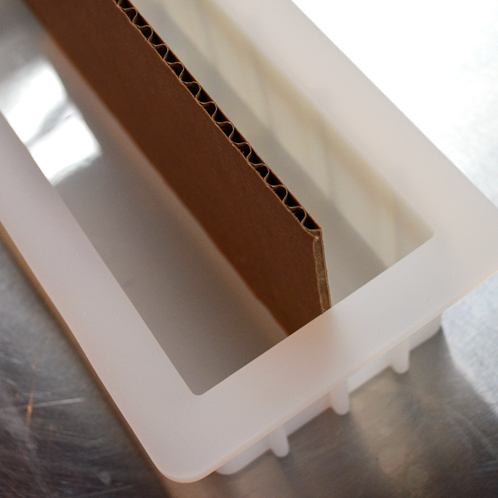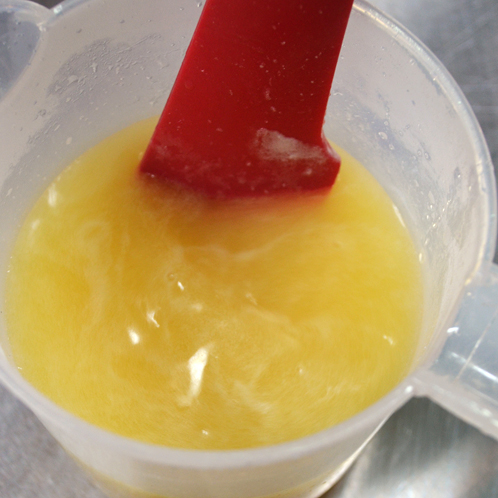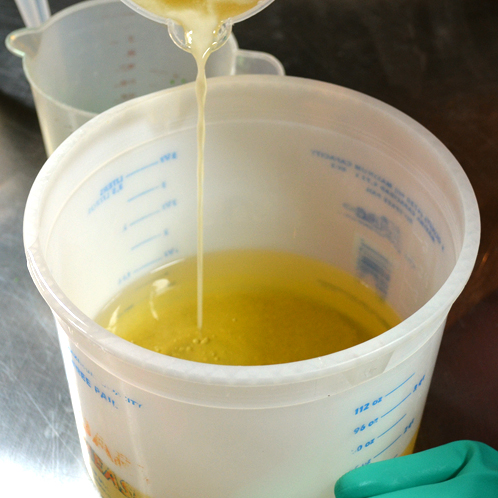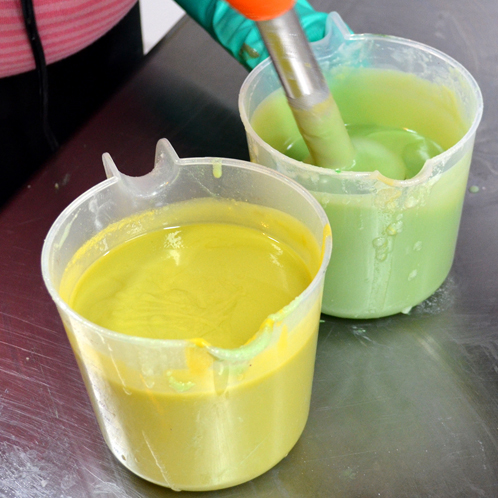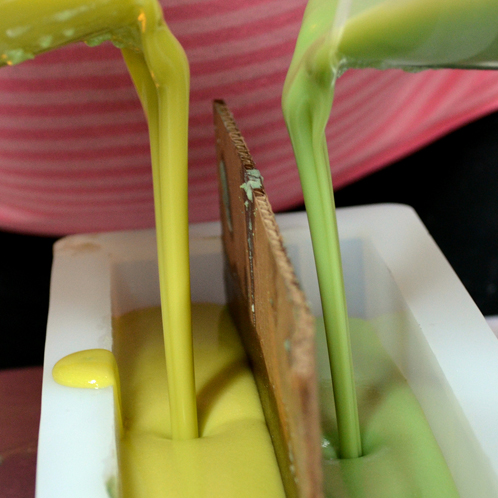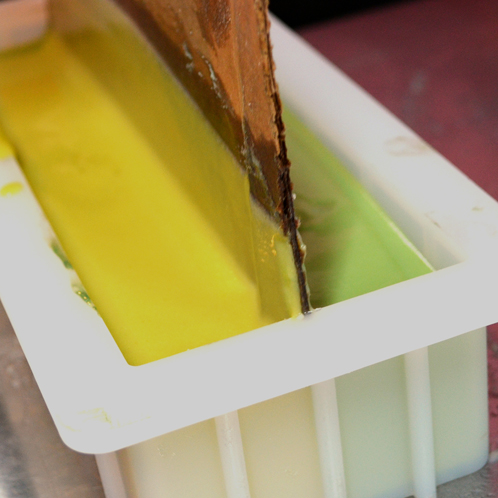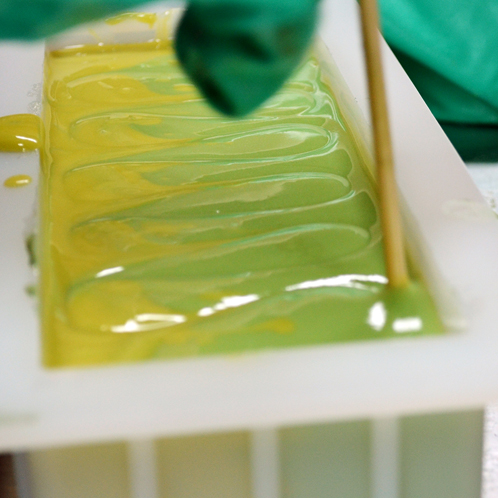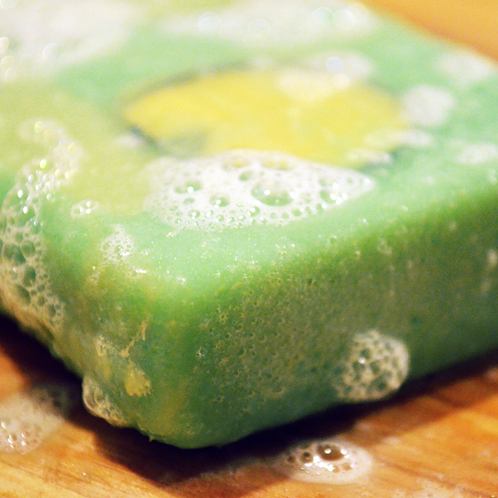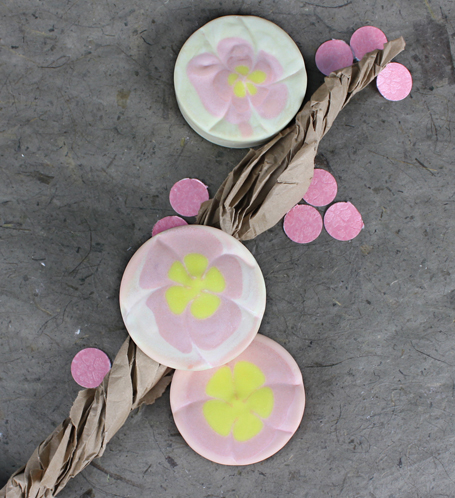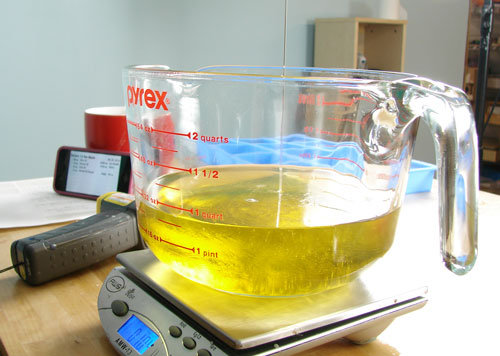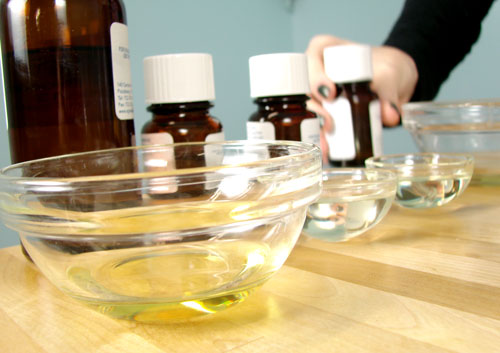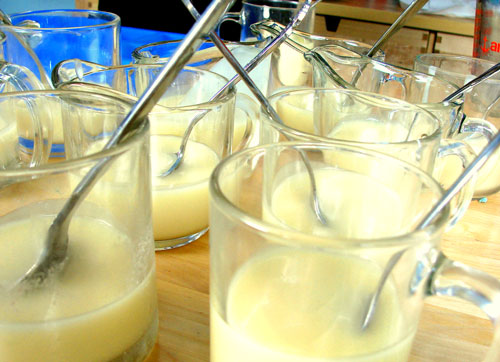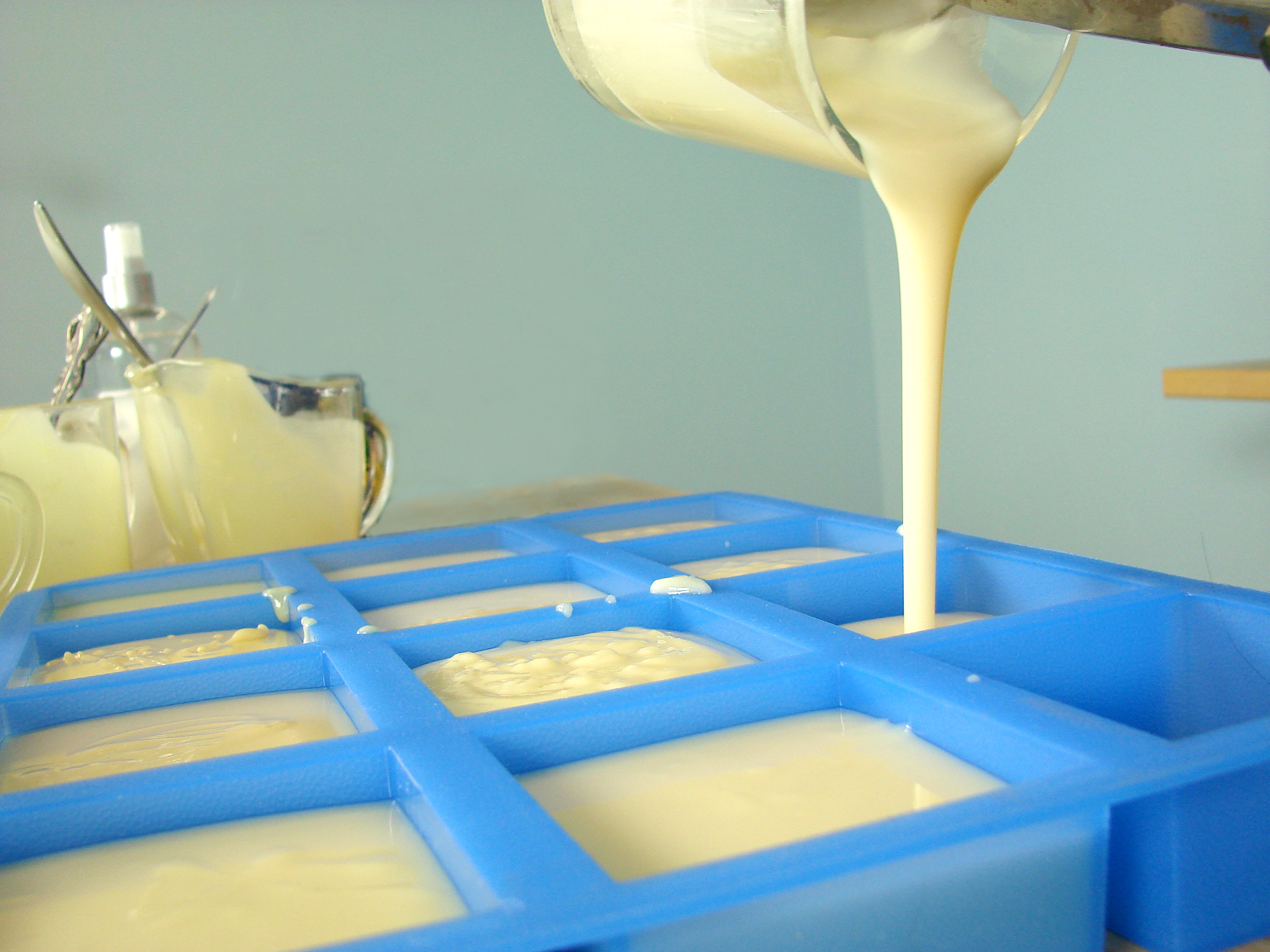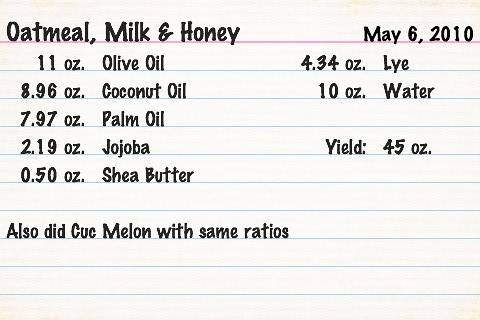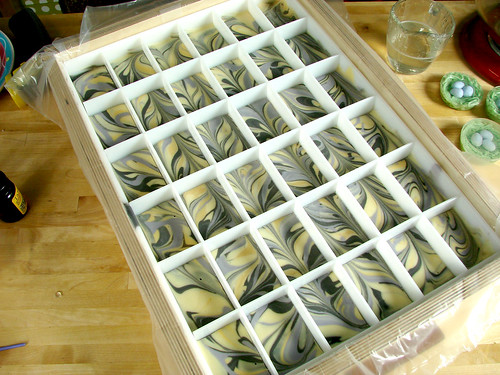Welcome to mid July, everyone! The sun is out, the surf’s up and this week there was a collection of tutorials to get your skin looking its bronzey best. From the Bronze Lip Tint to the Magical Bronze Shimmer stick, these projects featured lots of nourishing oils and sparkling Gold Mica. Check out the round up post for a full list of projects, and don’t forget that many of the items in the tutorials are 20% off part of this month’s Web Specials!



